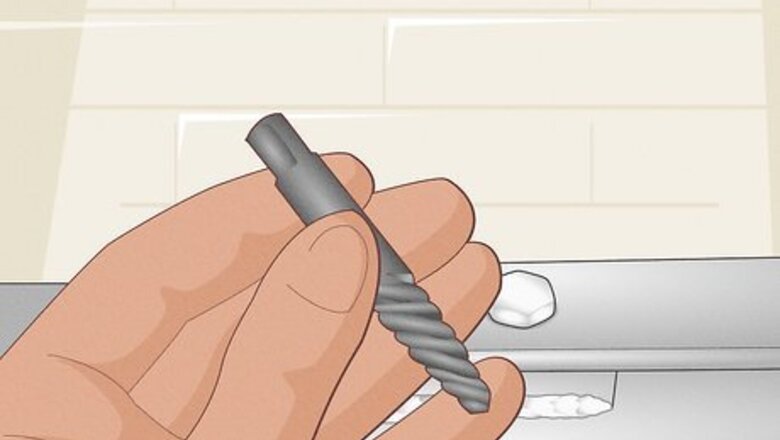
views
X
Expert Source
Barry ZakarHandyman
Expert Interview. 20 August 2020.
For screws with stripped heads, you can do things like change screwdrivers, use a rubber band, or add super glue to increase your grip.
Pulling Out a Screw with a Broken Head
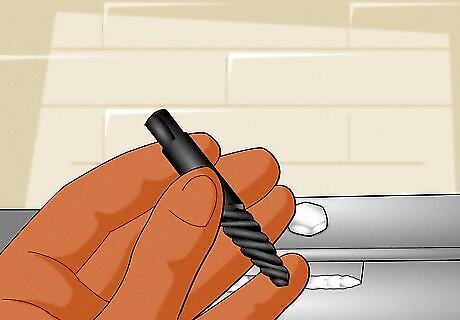
Find a screw extractor. Screw extractors are designed to help you remove broken screws. You can find them at home improvement stores for relatively cheap, and they will make the process easier. Screw extractors work best on screws with stripped threads and/or broken heads.
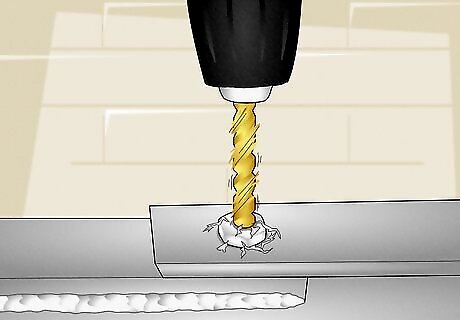
Drill a hole in the screw. Pick a bit smaller than the screw. Drill a hole down the center. If it won't drill, try using a smaller bit instead, such as a ⁄16 inch (1.6 mm) bit. Be gentle and go slowly, as you don't want to break the bit off in the screw head.
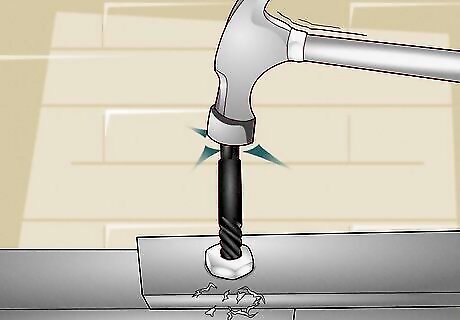
Tap the extractor in with a hammer. Push the extractor into the hole you've just drilled. Push down on it as hard as you can, and then use a hammer to tap it fully into the hole.
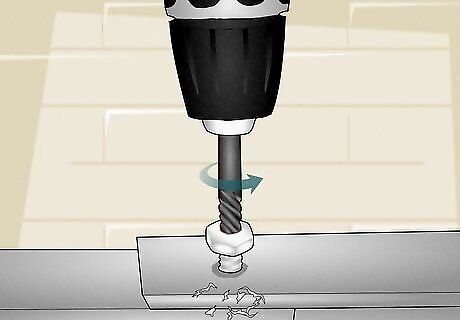
Turn the extractor counterclockwise to remove the screw. As you push down on the extractor, use your drill or a screwdriver to turn the extractor counterclockwise. The threads of the extractor should catch in the screw, allowing you to twist it out. If it doesn't work, try tapping the extractor in harder, or apply a lubricant like Liquid Wrench to the screw. Let the lubricant sit for 30 minutes before trying to remove the screw.
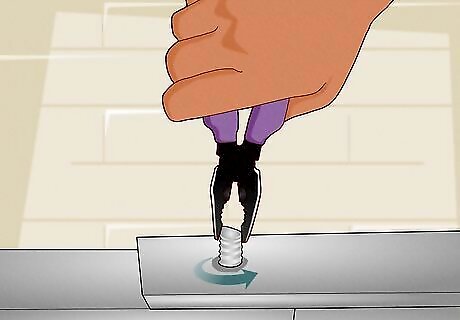
Grasp the screw shank with pliers as an alternative. To remove a screw without a head, you can simply grasp the end of the shank with pliers. Turn the pliers to release the screw from the material, and pull out the screw.
Taking out a Screw with a Stripped Head
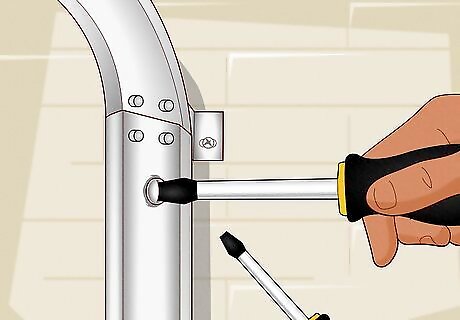
Use a different size screwdriver to see if it catches as an easy fix. Sometimes, if you go up or down a size in your screwdriver, you can get the screw head to catch, even if it is mostly stripped. You can also switch to a flat head instead of a Phillips. If it doesn't turn on the first try, move on to the next size. You don't want to further damage the screw head.
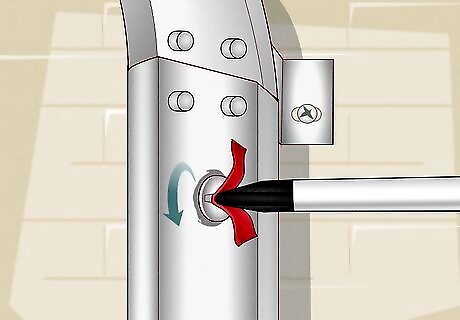
Place a rubber band over the screw to increase the grip of the screwdriver. Cut a large rubber band so you have a flat long piece instead of a circle. Lay the rubber band over the screw head, and then try to take the screw out with a screwdriver. The rubber gives it extra grip, helping you remove the screw.

Pour chemicals on rusted screws to help release them. Sometimes, a rusted screw will bond with nearby materials. Spraying or pouring a chemical over the screw, such as liquid wrench, oven cleaner, soda (like Coke or Pepsi), or even lemon juice can dissolve those bonds. Spray or pour it in, and let it sit for 10 minutes before checking it. You may need to reapply it several times or even wait a day for the chemical to do its magic.
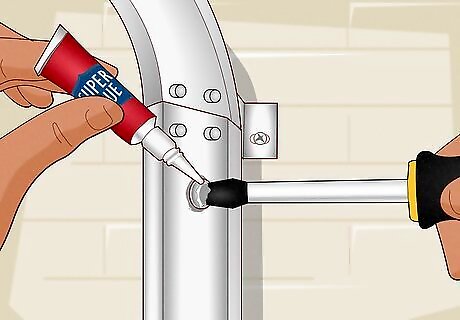
Glue the screwdriver or bit to the screw head for screws that won't catch. Drip a bit of superglue on the screw head. Place the bit or screwdriver on the head. Let the glue dry, then try removing the screw by pressing down on the screw and twisting it out.

Cut a new slit in the top of the screw with a rotary cutter if other methods fail. If the screw top is completely stripped, use a rotary cutter to slice a small strip across the top. Pull the screw out with a flat head screwdriver or bit.
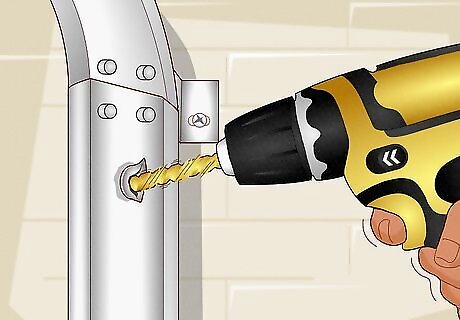
Destroy the screw with a drill bit for particularly stubborn screws. If nothing seems to work, use bits to demolish the screw. For instance, you can use a large bit to drill down into the screw, essentially destroying it. You can also use a bit to take the head of the screw off and then pull the shank out with pliers.














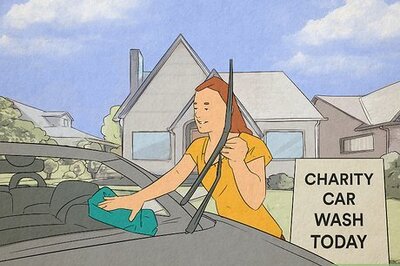


Comments
0 comment